Adding a set of custom wheels can add a lot of visual appeal to just about any vehicle. We’ve put together some recommendations to help you choose the right wheels for your car or truck, including aesthetics, safety, size, fit, and tech compatibility.
The style and finish on a set of custom rims can dramatically change the look of your car or truck. Start shopping right now or visit your local Les Schwab where you’ll find Wheel Discovery Centers. There, you can see specific sets of custom wheels on the make, model, year, and color of your vehicle. This is a great way to sift through the many options and narrow your choices before making a commitment.
Proper fit is crucial when choosing custom wheels. The pros at Les Schwab will help you look at three vital areas before choosing your set of wheels.
Overall Diameter: The wheel and tire combination should always clear the braking components, suspension parts, and the body of the vehicle. This is important whether you want to increase the diameter of your wheels for a street-worthy look, or decrease the wheel diameter for more tire sidewall and better off-road performance.
Offset and Backspace: To ensure proper clearance, it’s critical to know how far inside and outside the entire wheel and tire package will sit in the wheel well. Improper backspace or offset can cause interference with things like the body and steering components, and possibly decrease your turning radius.
Learn more about offset and backspace.
Proper Mounting: Many of today’s vehicles come from the factory with wheels that fit precisely around the hub. This is referred to as hub-centric fitment, which helps provide a consistent centering of the wheel and tire assembly when mounted to the vehicle. This reduces the chance of an imbalance that may result in a vibration in the steering wheel or seat while driving. Our team understands the importance of maintaining a hub-centric fit whenever aftermarket wheels are being considered.
Our team understands the importance of maintaining a hub-centric fit whenever aftermarket wheels are being considered.
There are many sizes to consider when purchasing new wheels. The image below is an example of how plus and minus sizing works. Plus sizing boosts the diameter of your wheels while decreasing the profile of the tire sidewall to match the overall tire diameter suggested by the manufacturer. Minus sizing works in the opposite way to allow for a taller sidewall.
Here’s a comparison of how two wheel-tire packages of different sizes look on the same vehicle.
Car with 18-inch wheels. Note the higher tire sidewall.
Car with 20-inch, plus-sized wheel and low-profile tire. Note the shorter tire sidewall.
There are a variety of bolt patterns and your new custom wheels must match in order to fit your vehicle properly. Even if your vehicle has five lugs, there’s no guarantee that every five-hole wheel will fit. At Les Schwab, we stock thousands of custom wheels and can help you find the right bolt pattern and fit for your vehicle.
At Les Schwab, we stock thousands of custom wheels and can help you find the right bolt pattern and fit for your vehicle.
TPMS (Tire Pressure Monitoring System) compatibility is also important. Equipped in most new vehicles, the TPMS in your vehicle should be reset after installing new wheels. At Les Schwab, we take care of that for you.
Keep in mind, that your options will be specific to the make and model of what you drive. Our team of pros understands what wheel and tire sizes will fit your vehicle and meet your performance expectations. Stop by today and to check out your options. With every custom wheel sale, Les Schwab will give you a free, written warranty good at any of our locations. This gives you peace of mind as you roll away on your new custom wheels.
SHOP WHEELS
| How-To - Wheels and Tires
When you buy a new set of wheels for your rig, the most important factor is looks.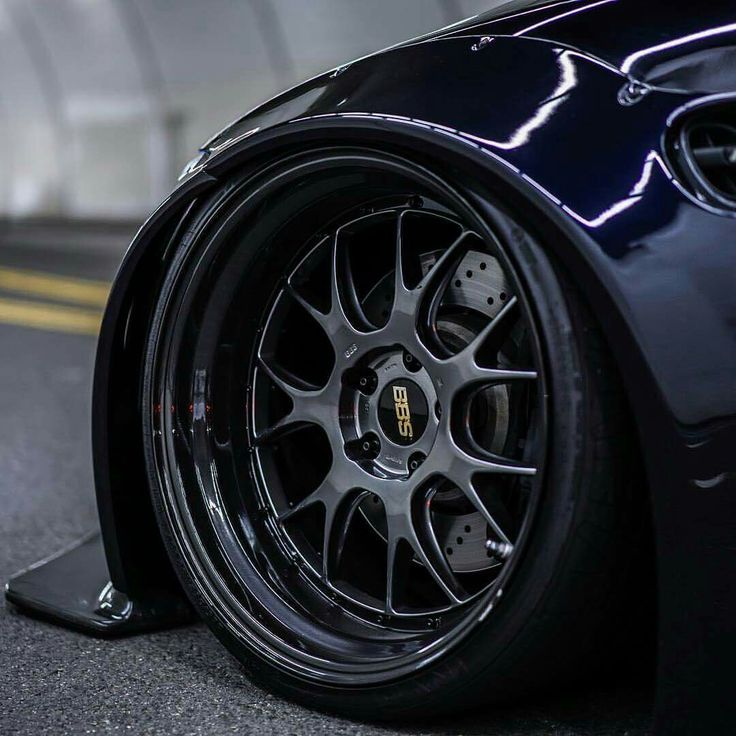 That’s OK. Aesthetics are important to everyone, and they are an important factor when you buy wheels, but they shouldn’t be the only factor. Width, load rating, and offset are just a few of the other things you should consider when shopping for your next set of rims. To understand why these are important, we first must understand what they mean and how they apply to your 4x4.
That’s OK. Aesthetics are important to everyone, and they are an important factor when you buy wheels, but they shouldn’t be the only factor. Width, load rating, and offset are just a few of the other things you should consider when shopping for your next set of rims. To understand why these are important, we first must understand what they mean and how they apply to your 4x4.
Diameter
Large-diameter wheels are the trend right now, but both the wheels and the tires are more expensive than smaller-diameter offerings. Currently, 17-inch-diameter wheels have the most wheel and tire options and will fit over most brake packages. We typically like the wheel diameter to be less than half the overall tire diameter. For example, a 17-inch wheel would be the max for a 35-inch tire.
Width
Tire manufacturers list a range of recommended wheel widths for each specific tire. They typically recommend a wheel that is 2-3 inches narrower than the tire.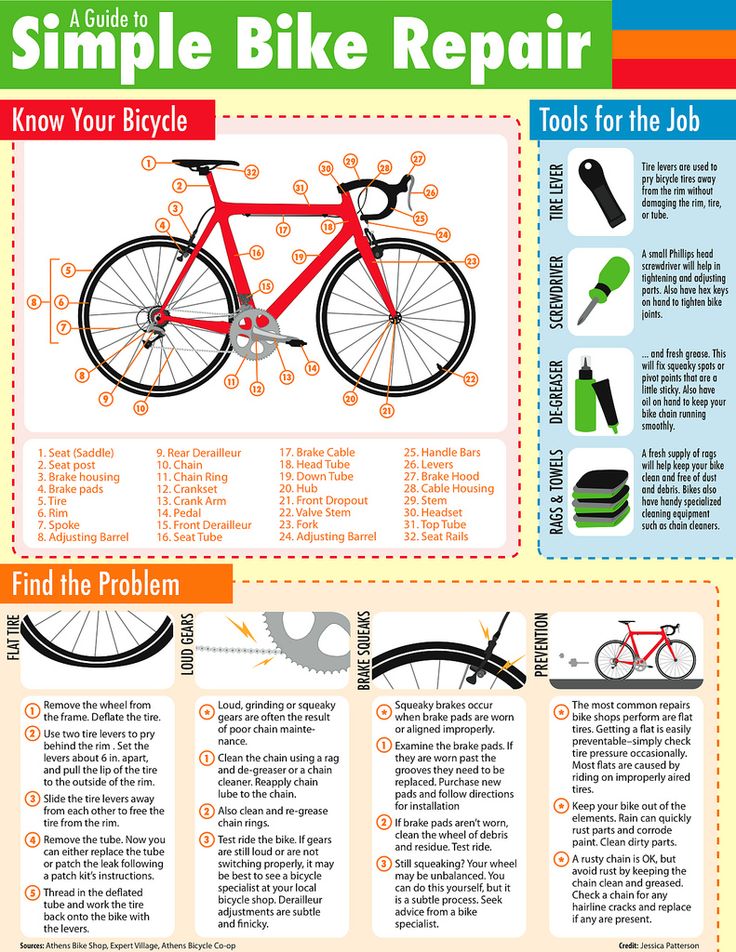 We like to run as narrow a wheel as recommended since this helps to keep the tire on the wheel at low air pressure. The tradeoff is that too narrow a wheel can cause the tire to crown, leading to accelerated wear in the center of the tread.
We like to run as narrow a wheel as recommended since this helps to keep the tire on the wheel at low air pressure. The tradeoff is that too narrow a wheel can cause the tire to crown, leading to accelerated wear in the center of the tread.
Offset
Offset refers to the wheel’s mounting surface relative to the centerline of the wheel. So a zero offset places half the wheel on each side of the mounting surface. Positive offset results in a narrower track width, with the mounting surface closer to the outside of the wheel. The opposite is true for negative-offset wheels.
Backspacing
Backspacing is similar to offset, but unlike offset, backspacing is dependent on the width of the wheel. Backspacing is the distance from the inside lip of the wheel to the mounting surface. Shallow backspacing is equivalent to negative offset, while deep backspacing is equivalent to positive offset.
Bolt Pattern
The bolt pattern of your wheels needs to match your axles, although in some situations adapters are available to convert the bolt pattern. Most Jeeps use five-lug wheels, with current JKs being a 5-on-5 bolt pattern and earlier TJs and XJs being 5-on-4 1/2. The first number is the number of lugs, and the second number is the diameter in inches of the bolt circle.
Most Jeeps use five-lug wheels, with current JKs being a 5-on-5 bolt pattern and earlier TJs and XJs being 5-on-4 1/2. The first number is the number of lugs, and the second number is the diameter in inches of the bolt circle.
Load Rating
Tires aren’t the only things load rated; wheels are as well. Load rating is a function of the wheel construction and bolt pattern. Steel wheels are often rated at lower loads than cast aluminum wheels, while forged wheels offer the highest load rating. Regardless of the type of construction, a wheel with more lug nuts and a larger bolt circle (such as 8-on-6 1/2 instead of 5-on-4 1/2) will offer a higher load rating due to the distribution of the load.
Center Bore
This refers to the hole in the middle of the wheel. The larger the bolt pattern circle is, the bigger the center bore can be, which is important when fitting over locking hubs and full-floating axles. On hub-centric wheels, the center bore is critical to position the wheel on the axle, unlike lug-centric wheels that use the lug nuts to center the wheel.
On hub-centric wheels, the center bore is critical to position the wheel on the axle, unlike lug-centric wheels that use the lug nuts to center the wheel.
Bead Seat
The bead seat on the wheel is what keeps the tire bead seated with the help of air pressure. The taller and wider this bead seat is, the lower the air pressure you can run without the tire coming off the wheel. Beadlock wheels add a mechanical clamp with bolts that hold the tire to the wheel (typically only on the outside bead), making it impossible for the tire to unseat even with zero air pressure.
 Honda Civic Type R: A Type So Nice, They Did It Twice
Honda Civic Type R: A Type So Nice, They Did It TwiceWhen you need to buy a new set of wheels, the question - which tire fits which rim - becomes one of the most relevant among motorists. Someone wants to slightly tune the car by choosing non-standard wheels, someone wants to improve the driving performance of the car or just choose the right option.
When choosing new tires for rims, you can always choose the simplest, but generally correct way - use a tire calculator or contact a specialist from a tire store. Although the task is not as difficult as it seems at first glance. We will analyze in more detail about the correspondence between the size of tires and wheels, and how to choose the right size for car tires.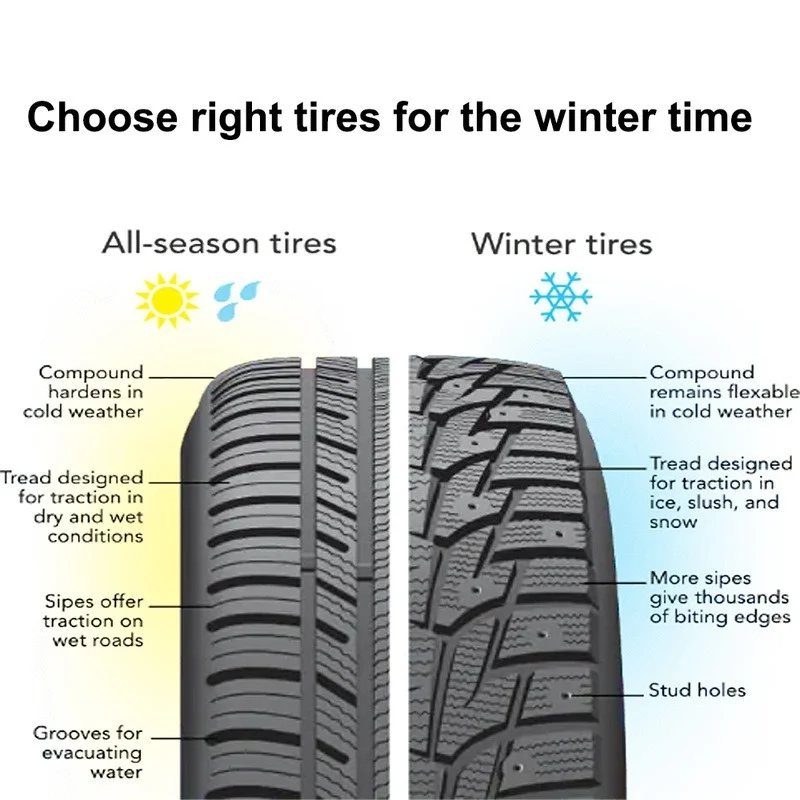
Regardless of whether you choose summer or winter tires, the fundamental rule for an accurate choice is the correspondence between the technical parameters of the tire and the wheel.
Disks have several main characteristics - these are the diameter and width of the disk, the diameter of the central hole for the hub, the offset, the number of mounting bolts and the diameter of the circle of the centers of the holes for the fasteners.
Of all the parameters, the size of a tire is fundamentally affected by two characteristics - these are:
It is difficult to miscalculate with the diameter: it is impossible to install rubber with a 15-inch bore on R16 wheels. But to make a mistake with the width is quite likely, and this will instantly affect the driving performance of the car and other characteristics.
But to make a mistake with the width is quite likely, and this will instantly affect the driving performance of the car and other characteristics.
However, the same applies to the profile height ratio. This parameter does not affect the selection of tires so much, but too low a profile loads the suspension, which accelerates the wear of the structural elements of the chassis + reduces the ride comfort on poor quality roads. Too high a profile will touch the wheel arches and fender liner, and this is already increased wear of the rubber itself.
In order to correctly select the ratio of "wheel + tire" - it is necessary to match the width of the rim to the width of the tread profile.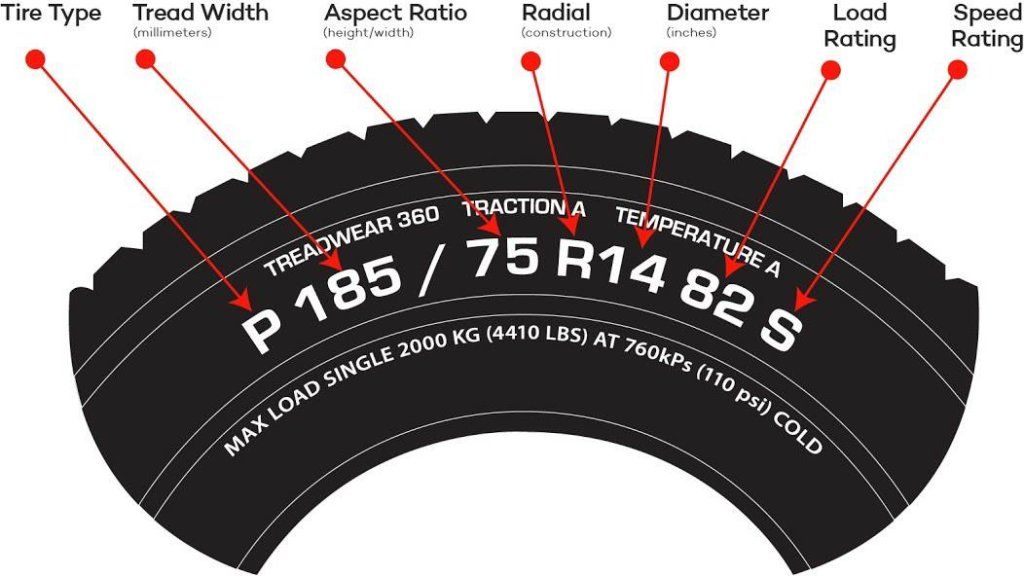 If the tires are purchased for the original (regular) set of disks, it is enough to look at the factory characteristics of the disk, most often located on its inner side. The marking is standard for both cast and steel wheels, and contains three main values: diameter, width and offset (for example: J6 × 16 ET52, where 6 is the width of the wheel rim in inches, 16 is the outer diameter of the wheel, and ET52 - departure). Instead of the designation ET, the inscription OFFSET or DEPORT may come across - it all depends on the country of manufacture of the car.
If the tires are purchased for the original (regular) set of disks, it is enough to look at the factory characteristics of the disk, most often located on its inner side. The marking is standard for both cast and steel wheels, and contains three main values: diameter, width and offset (for example: J6 × 16 ET52, where 6 is the width of the wheel rim in inches, 16 is the outer diameter of the wheel, and ET52 - departure). Instead of the designation ET, the inscription OFFSET or DEPORT may come across - it all depends on the country of manufacture of the car.
What do these parameters give? The two main characteristics are:
In particular, we will analyze the question - what tires are suitable for 16 rims?
When choosing the diameter of a tire, there is a direct relationship between dimensions, that is, the outer diameter of the disk and the landing diameter of the tire must have the same value - and in the marking this indicator is indicated as R16.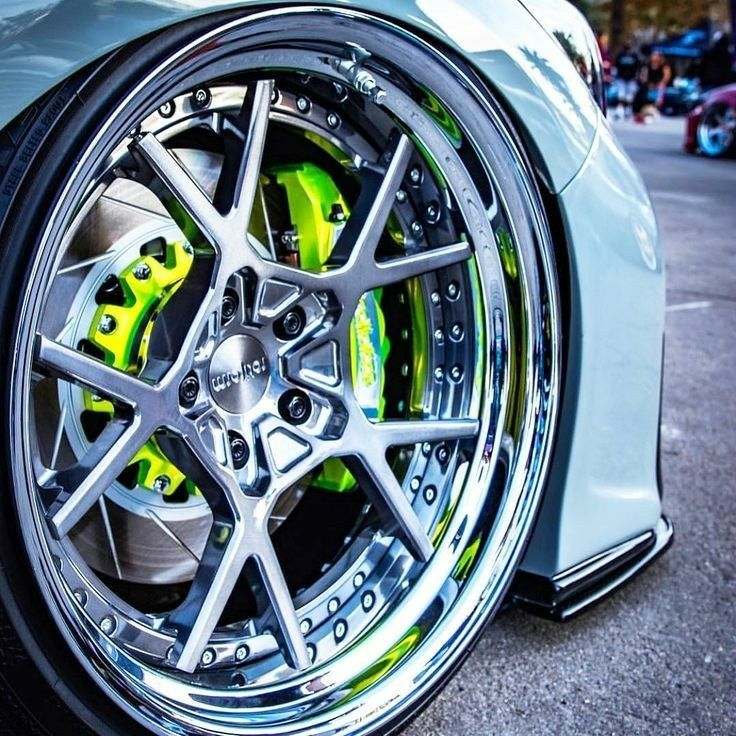
Next, you need to select the tire tread width.
The first rule to understand is that the width of the tire should not, but can be 25% more than the width of the wheel rim. This is due to the fact that automotive rubber, due to the composition of the rubber mixture, has high elasticity, and with a difference of 25%, it “sits” on the wheel much denser than if the width of the rim and tread had a direct relationship between dimensions, that is, the same indicators.
However, the width of the rim is indicated in inches, and the width of the tire profile in cm, for example: the width of an R16 rim in inches can vary from 5.5 to 9 inches (this figure should be found on the inside of the rim). Thus, to determine the nominal value of the tread width, the rim width parameter in inches must be converted to cm. you need 6 × 25.4 = 152.4 cm - this is the nominal value of the width of the rim of your wheel.
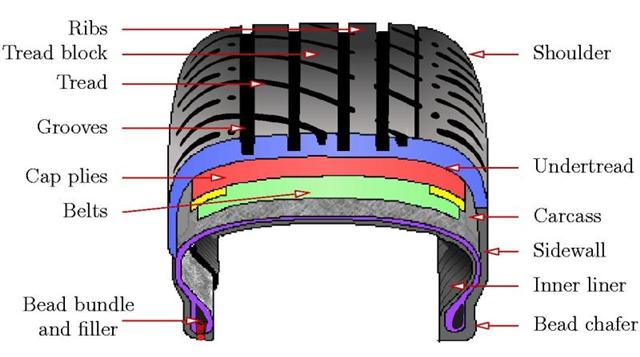 4 cm + 25% \u003d 190.5 cm - this will be the nominal value of the tire width.
4 cm + 25% \u003d 190.5 cm - this will be the nominal value of the tire width. If you need to determine which tire size fits which wheels, then in the calculation you need to start from the tread width. In particular, with a tire profile width of 225 cm, this figure must be divided by 25.4 mm (1 inch) - we get a value of 8.85 inches. 25% must be deducted from the resulting figure (admissible increase for tread width). With a simple calculation, the resulting figure for the rim width is 6.63 - round up to 7 and get the allowable rim width (J7) for a tire with a tread of 225 cm.
This calculation is suitable for any type of road transport (compacts, SUVs, commercial and trucks): using this method, you can correctly calculate the tire width for 17, 18, 19 inch wheels and also pick up tires for 13 inch wheels. If you are afraid of making a mistake in the calculation, you can use the rubber-to-rim ratio table or, as mentioned at the very beginning, select the parameters online using the visual tire and wheel compatibility calculator.
If you are afraid of making a mistake in the calculation, you can use the rubber-to-rim ratio table or, as mentioned at the very beginning, select the parameters online using the visual tire and wheel compatibility calculator.
The issue of selecting tires for disks has always been relevant for motorists, since every self-respecting driver needs to know certain parameters. If the characteristics are not known and these parameters are not followed, the car will experience a significant deterioration in performance, which seriously threatens safety.
In order to match tires to the wheels as accurately as possible, you should first study the marking of the wheels:
Wheel marking with dimensions R13 4x98 ET35 J5 D58.6
It is the latter that has a major role in matching tires and wheels. In order to choose the right wheels for tires on passenger cars, you can use the table compiled by the specialists of Avtotire Kom. Or you can use the selection of wheels for the car by clicking on the link .
Or you can use the selection of wheels for the car by clicking on the link .
Tire/Rim Matching Chart
| Disc diameter | Tire size | Wheel rim width (inches) | ||
| Minimum | Recommended | Maximum | ||
| 13" | 135/80R13 | 3.5 | 3.5 | 4.5 |
| 145/80R13 | 3.5 | 4 | 5 | |
| 155/80R13 | 3 | 4.5 | 5 | |
| 165/80R13 | 4 | 4.5 | 5.5 | |
| 165R13 | 4.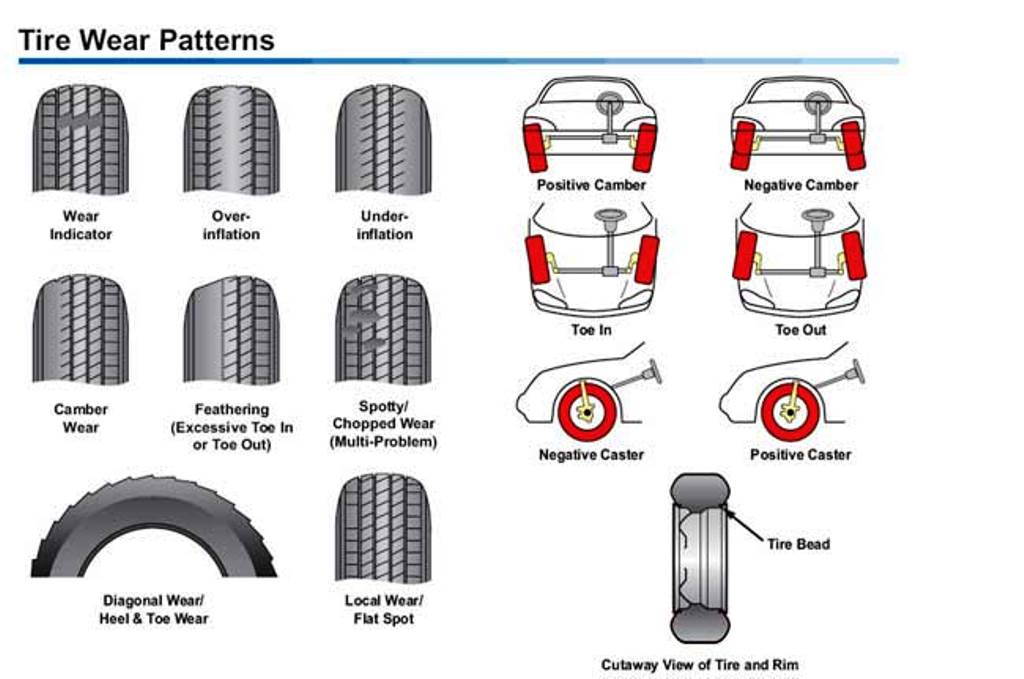 5 5 | 5 | 6 | |
| 14" | 175/80R14 | 4.5 | 5 | 6 |
| 185/80R14 | 4.5 | 5 | 6 | |
| 13" | 135/70R13 | 3.5 | 4 | 4.5 |
| 145/70R13 | 3.5 | 4.5 | 5 | |
| 155/70R13 | 4 | 4.5 | 5 | |
| 165/70R13 | 4 | 5 | 5.5 | |
| 175/70R13 | 4.5 | 5 | 6 | |
| 185/70R13 | 4.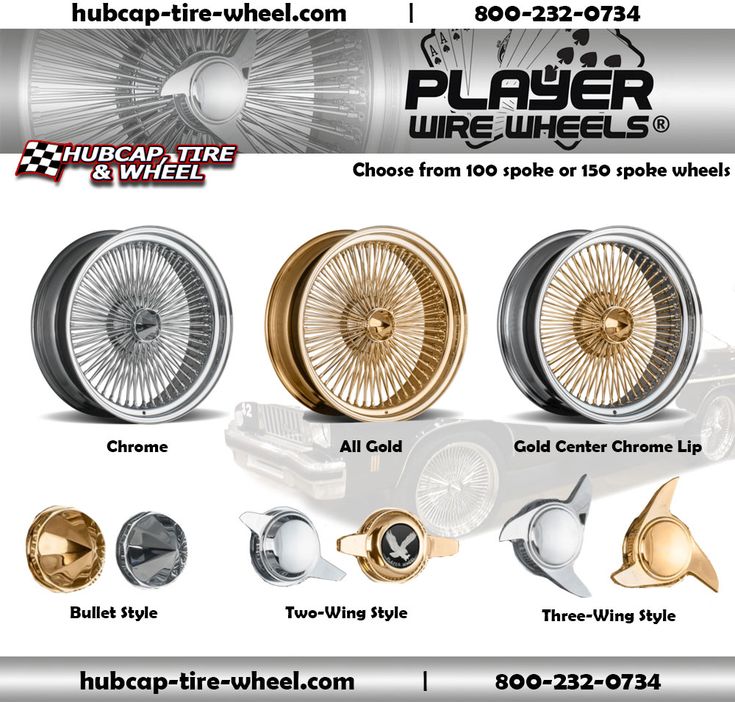 5 5 | 5.5 | 6 | |
| 14" | 165/70R14 | 4 | 5 | 5.5 |
| 175/70R14 | 4.5 | 5 | 6 | |
| 185/70R14 | 4.5 | 5.5 | 6 | |
| 195/70R14 | 5 | 6 | 6.5 | |
| 13" | 155/65R13 | 4.5 | 4.5 | 5.5 |
| 165/65R13 | 4.5 | 5 | 6 | |
| 175/65R13 | 5 | 5 | 6 | |
| 14" | 155/65R14 | 4.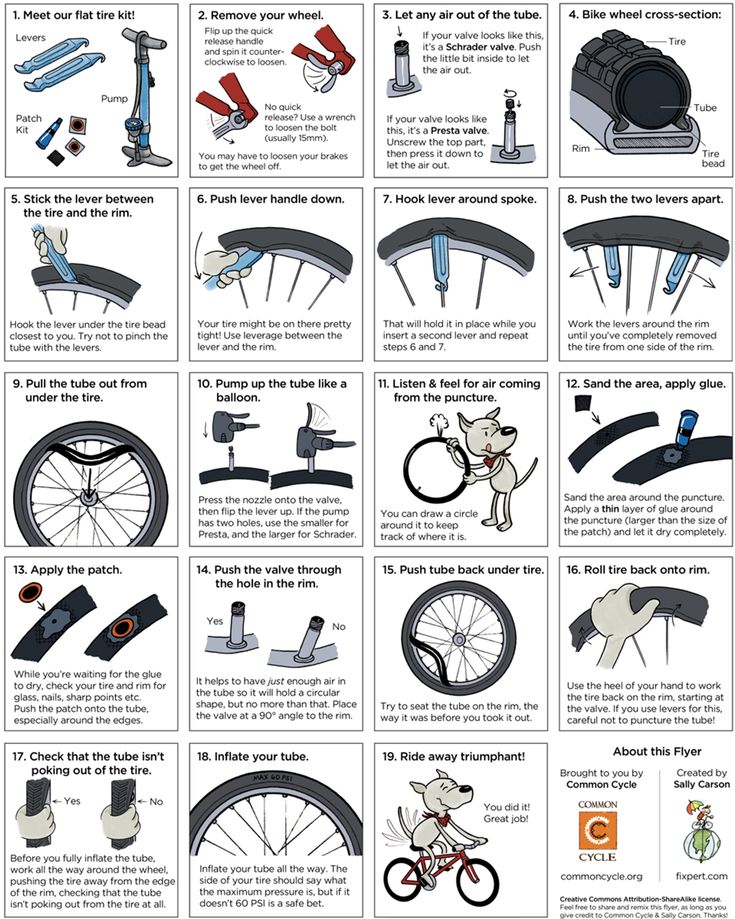 5 5 | 4.5 | 5.5 |
| 165/65R14 | 4.5 | 5 | 6 | |
| 175/65R14 | 5 | 5 | 6 | |
| 185/65R14 | 5 | 5.5 | 6.5 | |
| 195/65R14 | 5.5 | 6 | 7 | |
| 15" | 145/65R15 | 4 | 4.5 | 5 |
| 155/65R15 | 4.5 | 4.5 | 5 | |
| 165/65R15 | 4.5 | 5 | 6 | |
| 175/65R15 | 5 | 5 | 6 | |
| 185/65R15 | 5 | 5. 5 5 | 6.5 | |
| 195/65R15 | 5.5 | 6 | 7 | |
| 205/65R15 | 5.5 | 6 | 7.5 | |
| 215/65R15 | 6 | 6.5 | 7.5 | |
| 16" | 215/65R16 | 6 | 6.5 | 7.5 |
| 17" | 235/65R17 | 6.5 | 7 | 8.5 |
| 18" | 235/65R18 | 6.5 | 7 | 8.5 |
| 14" | 165/60R14 | 4. 5 5 | 5 | 6 |
| 175/60R14 | 5 | 5 | 6 | |
| 185/60R14 | 5 | 5.5 | 6.5 | |
| 195/60R14 | 5.5 | 6 | 7 | |
| 15" | 175/60R15 | 5 | 5 | 6 |
| 185/60R15 | 5 | 5.5 | 6.5 | |
| 195/60R15 | 5.5 | 6 | 7 | |
| 205/60R15 | 5.5 | 6 | 7.5 | |
| 225/60R15 | 6 | 6.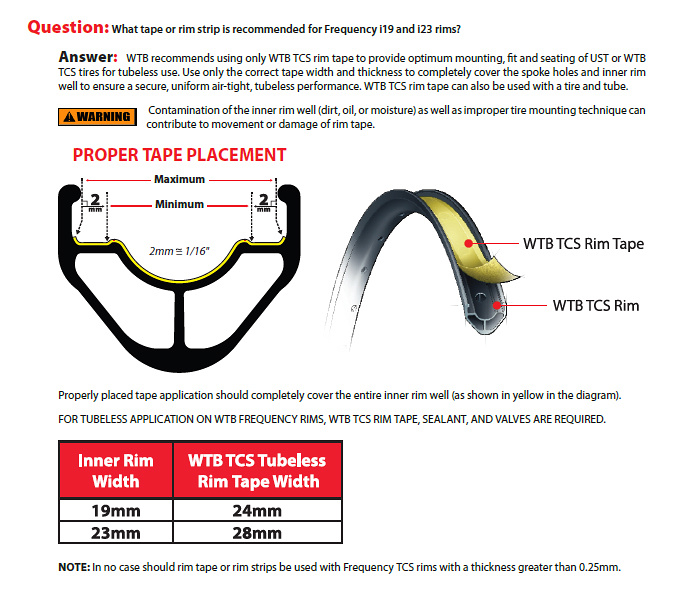 5 5 | 8 | |
| 16" | 205/60R16 | 5.5 | 6 | 7.5 |
| 215/60R16 | 6 | 6.5 | 7.5 | |
| 225/60R16 | 6 | 6.5 | 8 | |
| 235/60R16 | 6.5 | 7 | 8.5 | |
| 17" | 225/60R17 | 6 | 6.5 | 8 |
| 14" | 185/55R14 | 5 | 6 | 6.5 |
| 15" | 175/55R15 | 5 | 5. 5 5 | 6 |
| 185/55R15 | 5 | 6 | 6.5 | |
| 195/55R15 | 5.5 | 6 | 7 | |
| 205/55R15 | 5.5 | 6.5 | 7.5 | |
| 225/55R15 | 6 | 7 | 8 | |
| 16" | 195/55R16 | 5.5 | 6 | 7 |
| 205/55R16 | 5.5 | 6.5 | 7.5 | |
| 215/55R16 | 6 | 7 | 7.5 | |
| 225/55R16 | 6 | 7 | 8 | |
| 245/55R16 | 7 | 7. 5 5 | 8.5 | |
| 17" | 205/55R17 | 5.5 | 6.5 | 7.5 |
| 215/55R17 | 6 | 7 | 7.5 | |
| 225/55R17 | 6 | 7 | 8 | |
| 235/55R17 | 6.5 | 7.5 | 8.5 | |
| 245/55R17 | 7 | 7.5 | 8.5 | |
| 255/55R17 | 7 | 8 | 9 | |
| 15" | 195/50R15 | 5.5 | 6 | 7 |
| 205/50R15 | 5.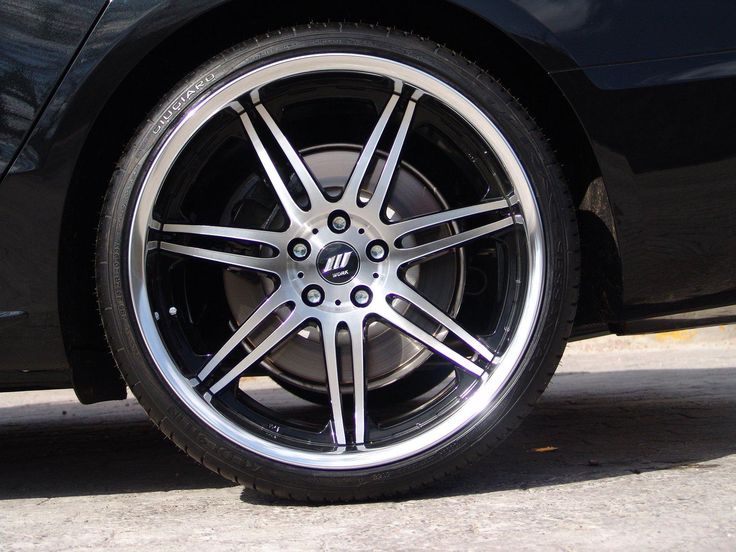 5 5 | 6.5 | 7.5 | |
| 225/50R15 | 6 | 7 | 8 | |
| 16" | 185/50R16 | 5 | 6 | 6.5 |
| 195/50R16 | 5.5 | 6 | 7 | |
| 205/50R16 | 5.5 | 6.5 | 7.5 | |
| 215/50R16 | 6 | 7 | 7.5 | |
| 225/50R16 | 6 | 7 | 8 | |
| 235/50R16 | 6.5 | 7.5 | 8.5 | |
| 245/50R16 | 7 | 7. 5 5 | 8.5 | |
| 255/50R16 | 7 | 8 | 9 | |
| 17" | 205/50R17 | 5.5 | 6.5 | 7.5 |
| 215/50R17 | 6 | 7 | 7.5 | |
| 225/50R17 | 6 | 7 | 8 | |
| 235/50R17 | 6.5 | 7.5 | 8.5 | |
| 18" | 235/50R18 | 6.5 | 7.5 | 8.5 |
| 245/50R18 | 7 | 7.5 | 8.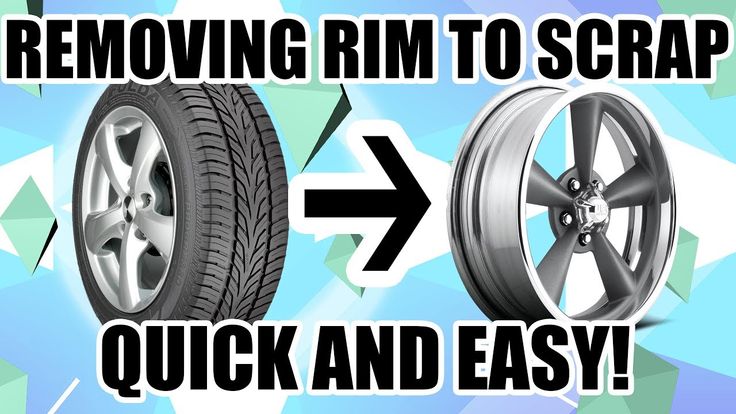 5 5 | |
| 19" | 275/50R19 | 7.5 | 8.5 | 9.5 |
| 15" | 195/45R15 | 6 | 6.5 | 7.5 |
| 16" | 195/45R16 | 6 | 6.5 | 7.5 |
| 205/45R16 | 6.5 | 7 | 7.5 | |
| 215/45R16 | 7 | 7 | 8 | |
| 225/45R16 | 7 | 7.5 | 8.5 | |
| 245/45R16 | 7. 5 5 | 8 | 9 | |
| 17" | 205/45R17 | 6.5 | 7 | 7.5 |
| 215/45R17 | 7 | 7 | 8 | |
| 225/45R17 | 7 | 7.5 | 8.5 | |
| 235/45R17 | 7.5 | 8 | 9 | |
| 245/45R17 | 7.5 | 8 | 9 | |
| 255/45R17 | 8 | 8.5 | 9.5 | |
| 18" | 215/45R18 | 7 | 7 | 8 |
| 225/45R18 | 7 | 7.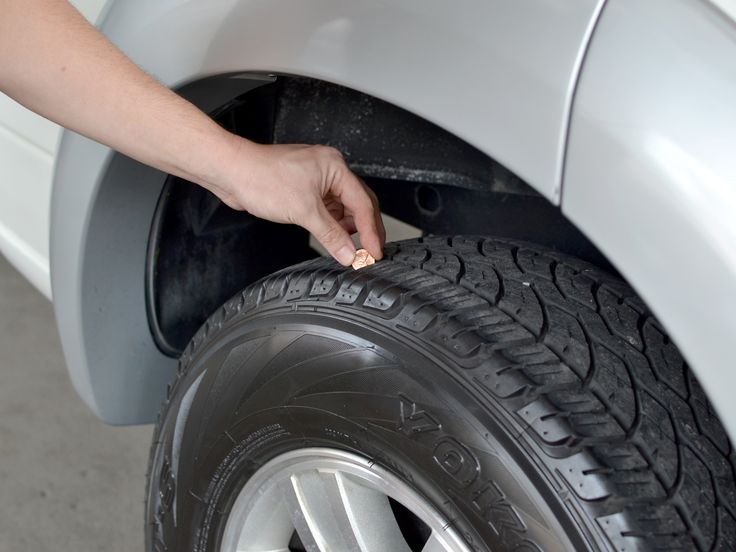 5 5 | 8.5 | |
| 235/45R18 | 7.5 | 8 | 9 | |
| 245/45R18 | 7.5 | 8 | 9 | |
| 255/45R18 | 8 | 8.5 | 9.5 | |
| 275/45R18 | 8.5 | 9 | 10.5 | |
| 19" | 245/45R19 | 7.5 | 8 | 9 |
| 20" | 275/45R20 | 8.5 | 9 | 10.5 |
| 16" | 215/40R16 | 7 | 7.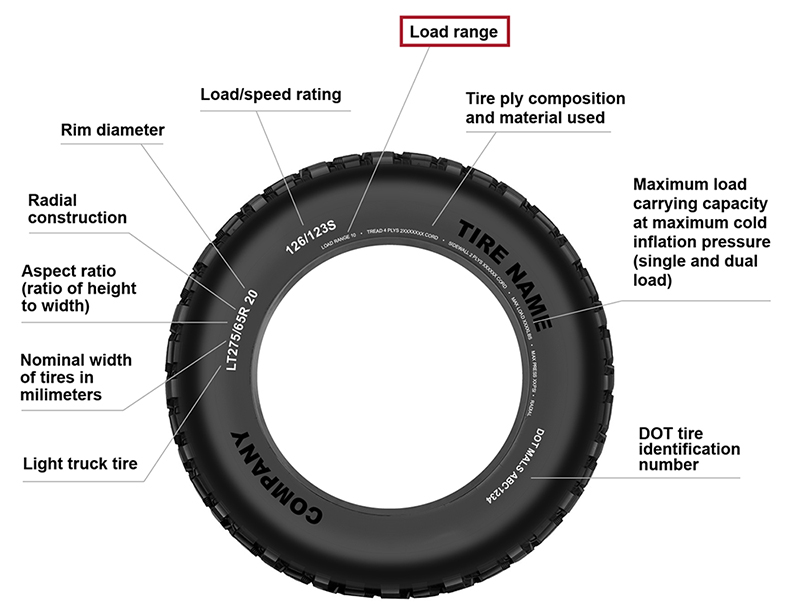 5 5 | 8.5 |
| 17" | 205/40R17 | 7 | 7.5 | 8 |
| 215/40R17 | 7 | 7.5 | 8.5 | |
| 235/40R17 | 8 | 8.5 | 9.5 | |
| 245/40R17 | 8 | 8.5 | 9.5 | |
| 255/40R17 | 8.5 | 9 | 10 | |
| 265/40R17 | 9 | 9.5 | 10.5 | |
| 275/40R17 | 9 | 9.5 | 11 | |
| 285/40R17 | 9 | 10 | 11 | |
| 18" | 205/40R18 | 7 | 7.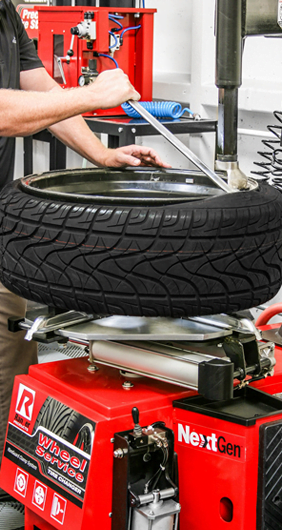 5 5 | 8 |
| 225/40R18 | 7.5 | 8 | 9 | |
| 235/40R18 | 8 | 8.5 | 9.5 | |
| 245/40R18 | 8 | 8.5 | 9.5 | |
| 255/40R18 | 8.5 | 9 | 10 | |
| 265/40R18 | 9 | 9.5 | 10.5 | |
| 275/40R18 | 9 | 9.5 | 11 | |
| 285/40R18 | 9.5 | 10 | 11 | |
| 19" | 225/40R19 | 7.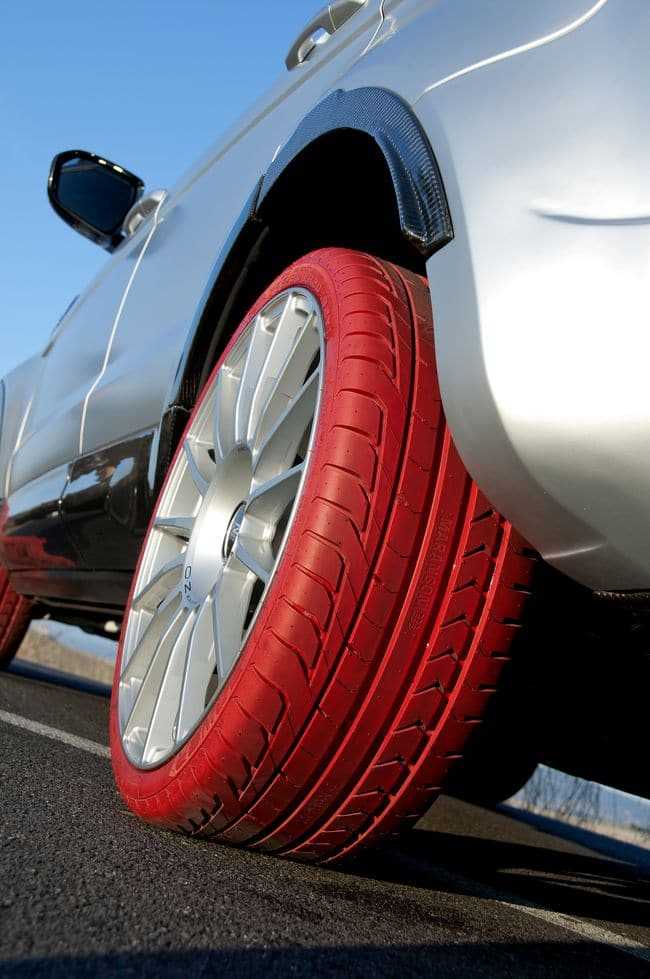 5 5 | 8 | 9 |
| 245/40R19 | 8 | 8.5 | 9.5 | |
| 255/40R19 | 8.5 | 9 | 10 | |
| 275/40R19 | 9 | 9.5 | 11 | |
| 20" | 245/40R20 | 8 | 8.5 | 9.5 |
| 17" | 225/35R17 | 7.5 | 8 | 9 |
| 265/35R17 | 9 | 9.5 | 10.5 | |
| 335/35R17 | 11 | 12 | 13 | |
| 18" | 215/35R18 | 7 | 7. 5 5 | 8.5 |
| 225/35R18 | 7.5 | 8 | 9 | |
| 235/35R18 | 8 | 8.5 | 9.5 | |
| 255/35R18 | 8.5 | 9 | 10 | |
| 265/35R18 | 9 | 9.5 | 10.5 | |
| 275/35R18 | 9 | 9.5 | 11 | |
| 285/35R18 | 9.5 | 10 | 11 | |
| 295/35R18 | 10 | 10.5 | 11.5 | |
| 345/35R18 | 11.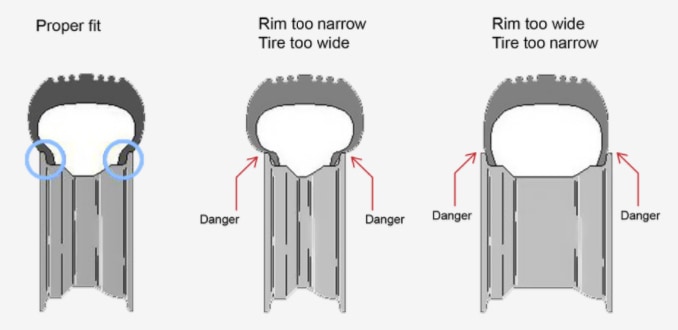 5 5 | 12 | 13.5 | |
| 19" | 225/35R19 | 7.5 | 8 | 9 |
| 235/35R19 | 8 | 8.5 | 9.5 | |
| 245/35R19 | 8 | 8.5 | 9.5 | |
| 255/35R19 | 8.5 | 9 | 10 | |
| 265/35R19 | 9 | 9.5 | 10.5 | |
| 275/35R19 | 9 | 9.5 | 11 | |
| 285/35R19 | 9.5 | 10 | 11 | |
| 295/35R19 | 10 | 10.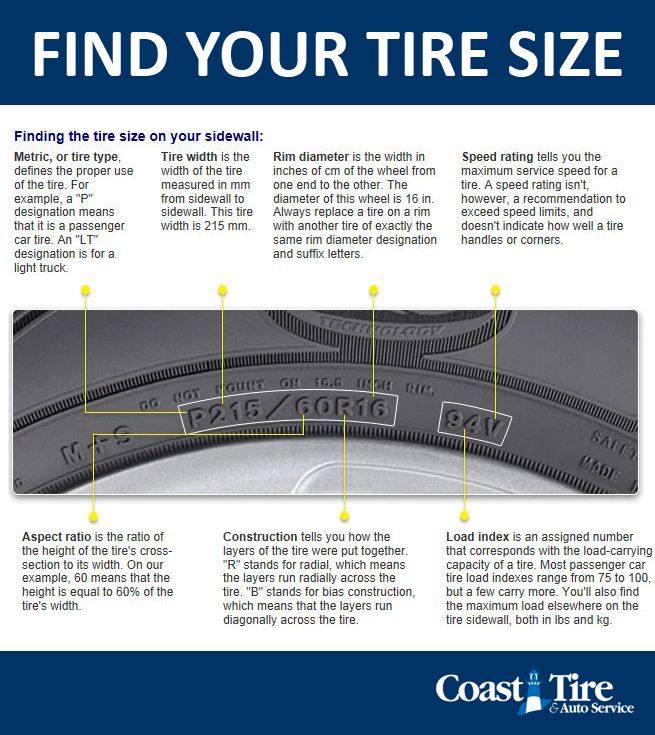 5 5 | 11.5 | |
| 20" | 245/35R20 | 8 | 8.5 | 9.5 |
| 255/35R20 | 8.5 | 9 | 10 | |
| 275/35R20 | 9 | 9.5 | 11 | |
| 21" | 245/35R21 | 8 | 8.5 | 9.5 |
| 255/35R21 | 8.5 | 9 | 10 | |
| 18" | 285/30R18 | 9.5 | 10 | 10.5 |
| 295/30R18 | 10 | 10. 5 5 | 11 | |
| 315/30R18 | 10.5 | 11 | 11.5 | |
| 335/30R18 | 11.5 | 12 | 12.5 | |
| 345/30R18 | 11.5 | 12 | 12.5 | |
| 19" | 265/30R19 | 9 | 9.5 | 10 |
| 275/30R19 | 9 | 9.5 | 10 | |
| 285/30R19 | 9.5 | 10 | 10.5 | |
| 295/30R19 | 10 | 10.5 | 11 | |
| 305/30R19 | 10.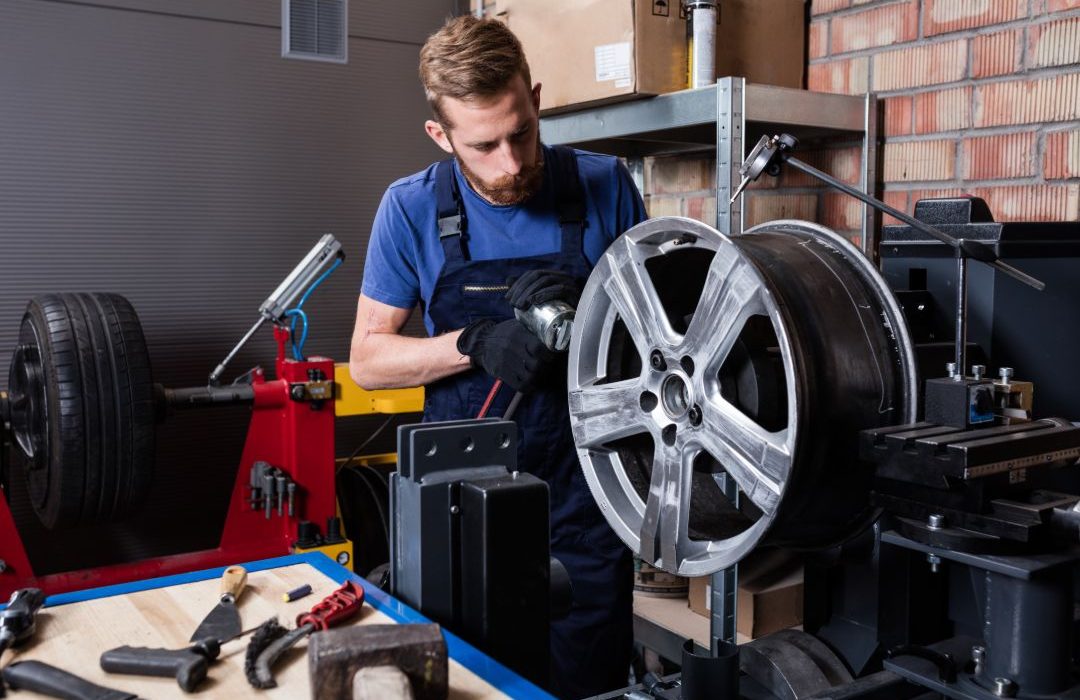 5 5 | 11 | 11.5 | |
| 345/30R19 | 11.5 | 12 | 12.5 | |
| 20" | 235/30R20 | 8.5 | 8.5 | 9.5 |
| 245/30R20 | 8.5 | 8.5 | 9.5 | |
| 255/30R20 | 9 | 9 | 10 | |
| 285/30R20 | 10 | 10 | 11 | |
| 335/30R20 | 12 | 12 | 13 | |
| 21" | 255/30R21 | 9 | 9 | 10 |
| 285/30R21 | 10 | 10 | 11 | |
| 295/30R21 | 10 | 10.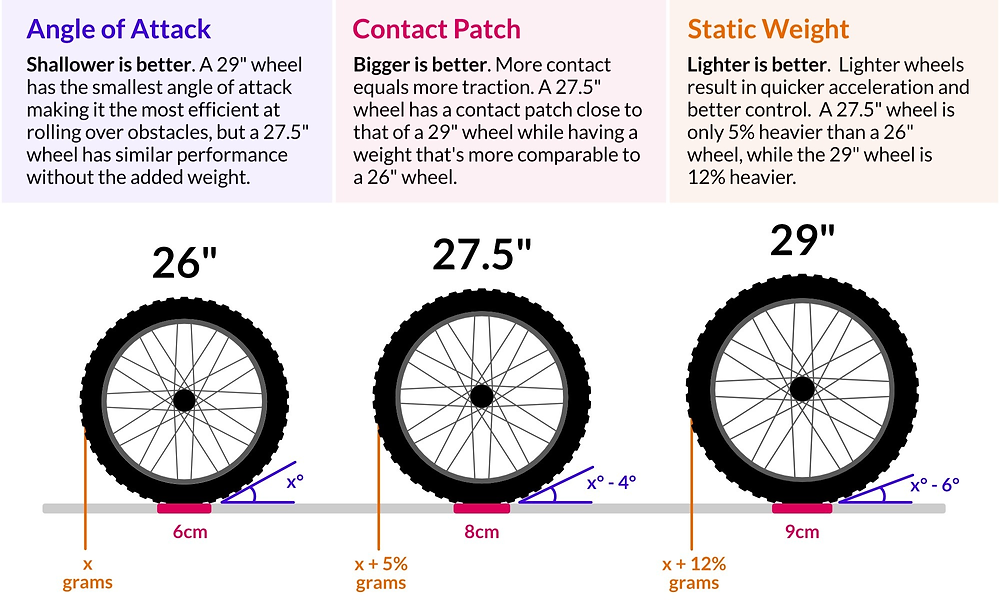 5 5 | 11 | |
| 22" | 255/30R22 | 9 | 9 | 10 |
| 19" | 315/25R19 | 11 | 11.5 | 12 |
| 20" | 285/25R20 | 10.5 | ||
| 295/25R20 | 10 | 10.5 | 11 | |
| 325/25R20 | 11.5 | 12 | 12.5 | |
| 21" | 295/25R21 | 10 | 10.5 | 11 |
| 22" | 295/25R22 | 10 | 10.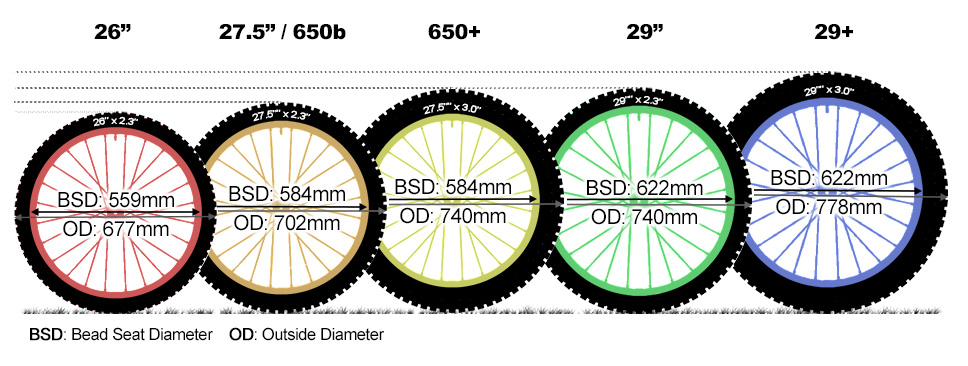 5 5 | 11 |
| How do tires save fuel? When we think about improving fuel efficiency, we often focus on the engine, the car's aerodynamics, or its weight. However, we often overlook one.. 04 April 2023, 13:54 | |
| What does the snowflake on the tire mean? The snowflake on a tire (3PMSF marking) is a special marking for models that have been tested on snow and are able to meet the minimum requirements for driving safety on.. 06 January 2023, 11:08 | |
| Worn tires are more dangerous than drunk driving A new study has found that worn tires are more dangerous than drunk driving. It has been found that driving a vehicle with tires that have an approved tread depth of 1. 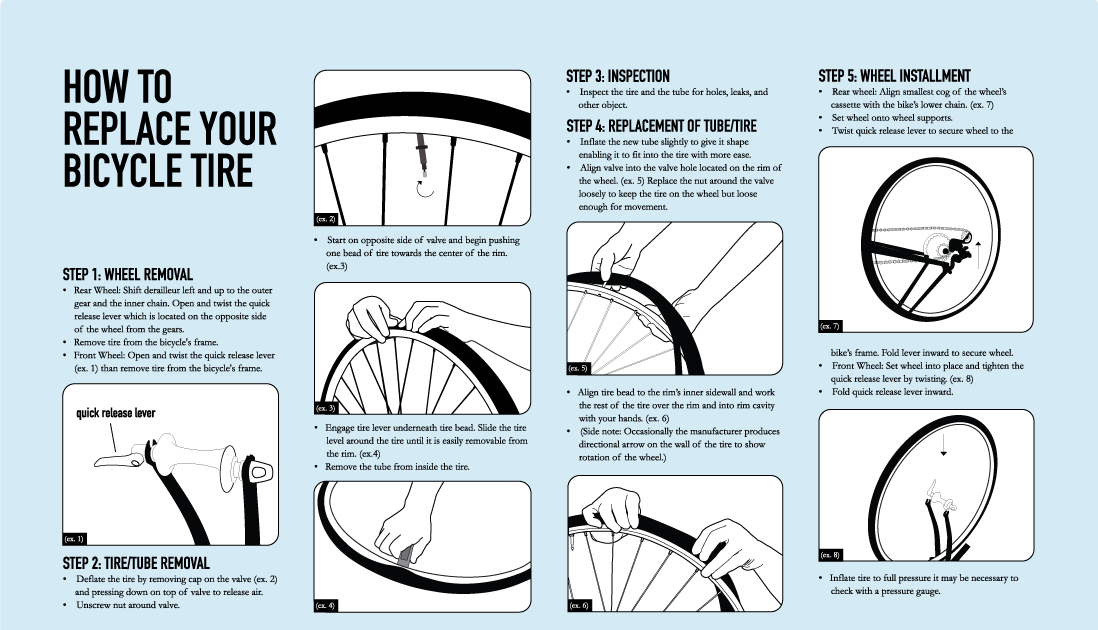 | |